Italian or German, 17th - 18th century.
Measures 9.2cm in diameter within it’s original turned gilt-wood frame.
The boxwood profile, carved in the classical style and inspired by ancient coinage, reflects a tradition widely revived from the 16th to the 19th century in keeping with Renaissance and Grand Tour tastes.
Provenance: Ex Edward H. Pinto Collection.
Published ‘Treen and other wooden bygones: An Encyclopaedia and Social History’, Edward H Pinto, 1969, plate no. 292, Q; where catalogued as ‘18th century, copying lathe turned boxwood reliefs’.
Further information can be found on page 385 where the relief is described along with another: Two 3 1/4 inch diameter plaques turned on a copying lathe are illustrated, plate 292, P and Q; they are the heads of Octavius and Vespasian, turned in boxwood. Such work is normally executed on the end grain of a dense hardwood, as otherwise the angles of the cutter are liable to tear out the grain. It is a point worth noting that several collections contain what are believed to be fine original relief carvings, but they are actually copying lathe, end grain reproductions off originals which were carved in the normal manner.
Flavius Vespasian (9 – 79 AD) was a Roman general and emperor who founded the Flavian dynasty. Born in the Sabine countryside, he rose through the ranks of the Roman military, distinguishing himself during the invasion of Britain and later in the Jewish War (66–70 AD). Following the chaotic Year of the Four Emperors (69 AD), Vespasian emerged victorious and was declared emperor by the Senate.
As emperor, Vespasian focused on restoring stability to the empire after a period of civil war and financial strain. He initiated major fiscal reforms, strengthened the army, and began extensive building programs, including the construction of the Colosseum (Flavian Amphitheatre). Known for his pragmatic and often dry-witted nature, Vespasian ruled until his death in 79 AD and was succeeded by his son, Titus. His reign marked a return to order and laid the groundwork for a brief but stable Flavian dynasty.


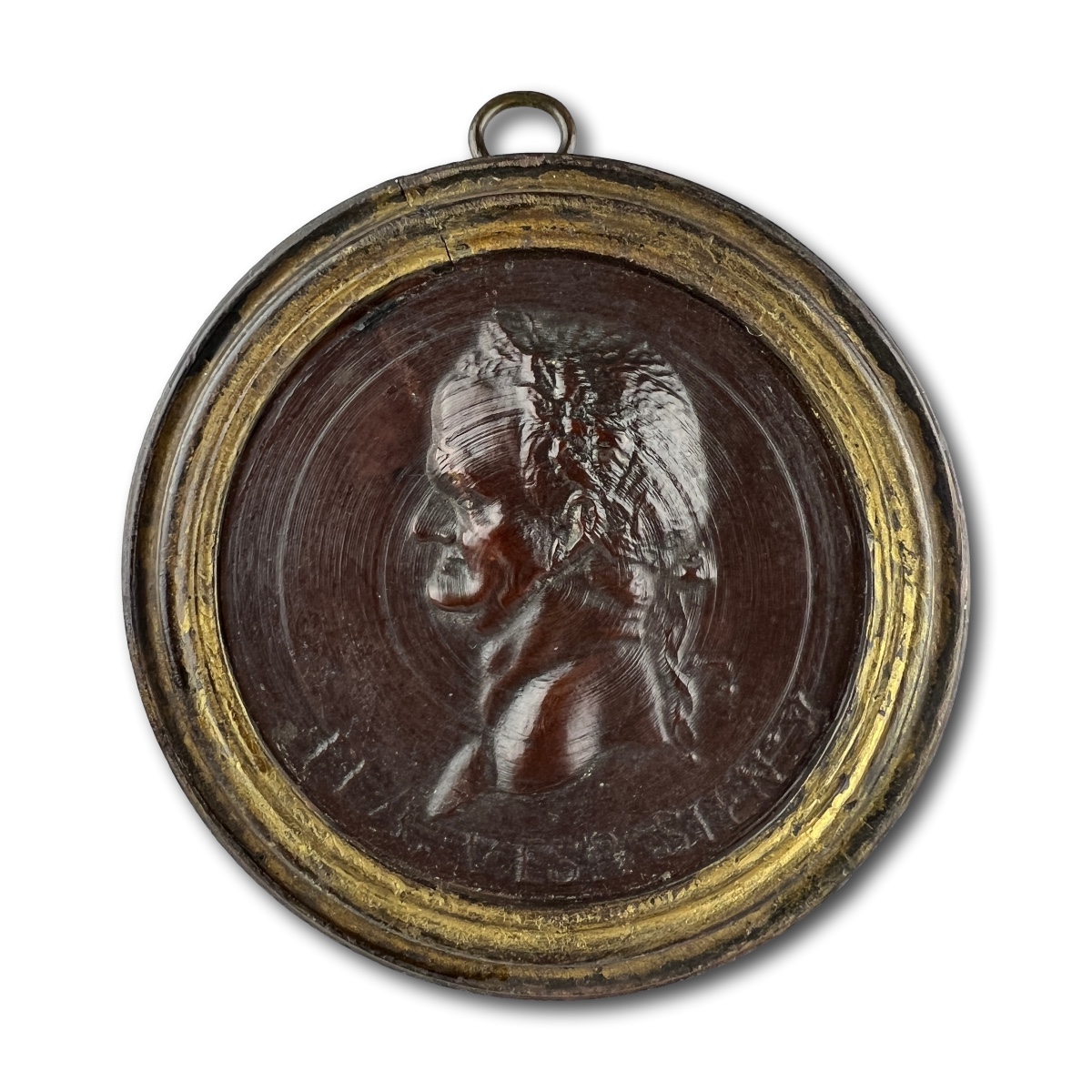
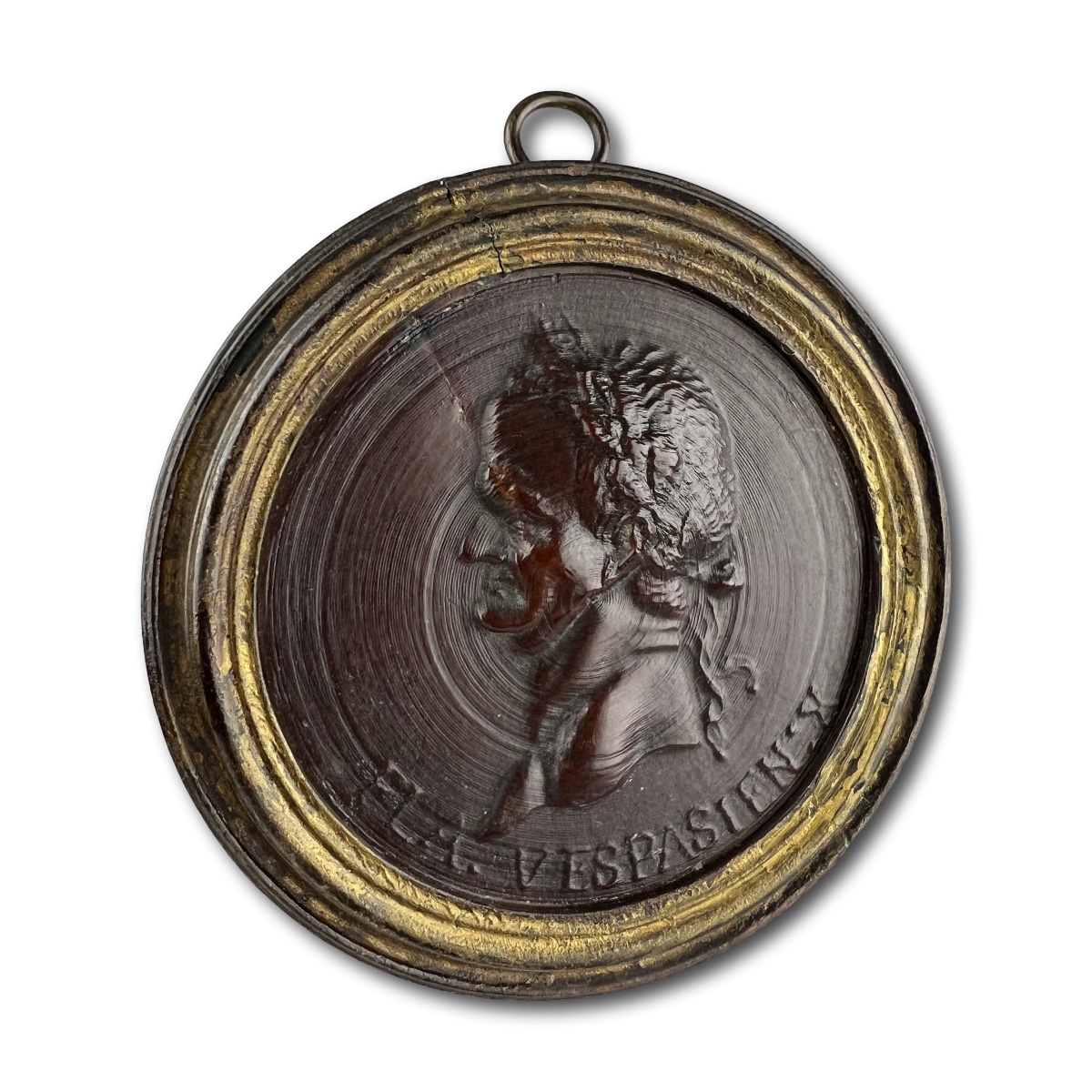

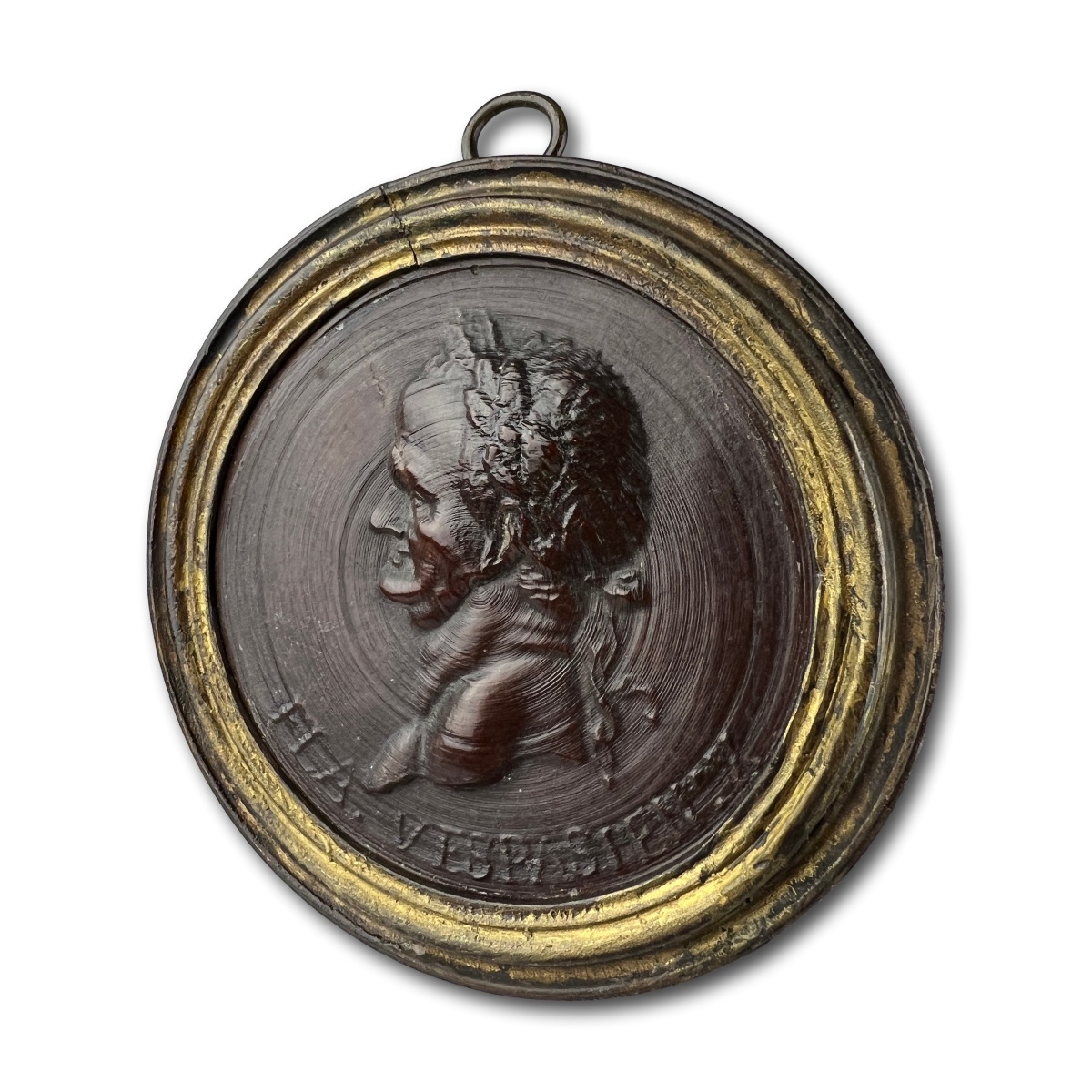
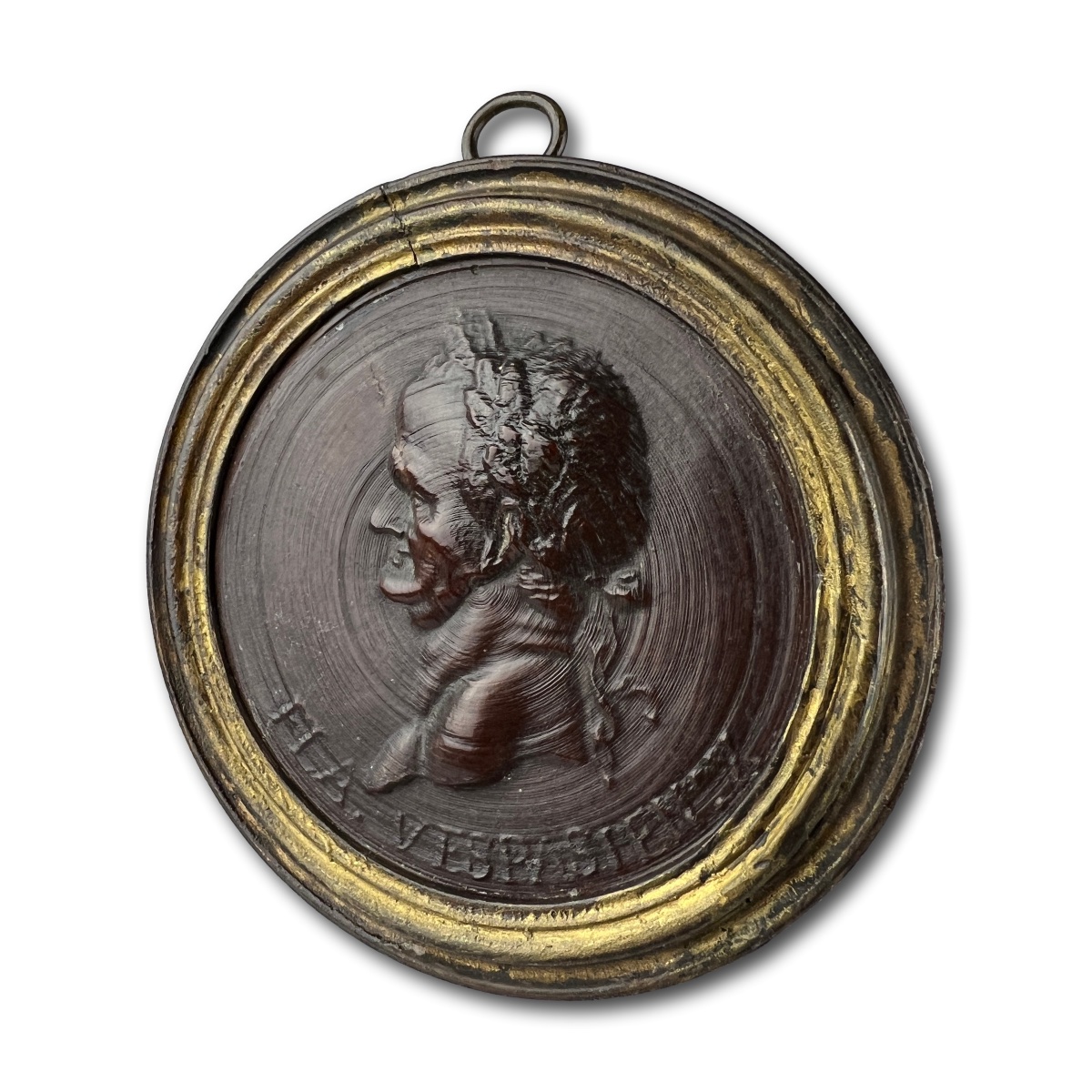

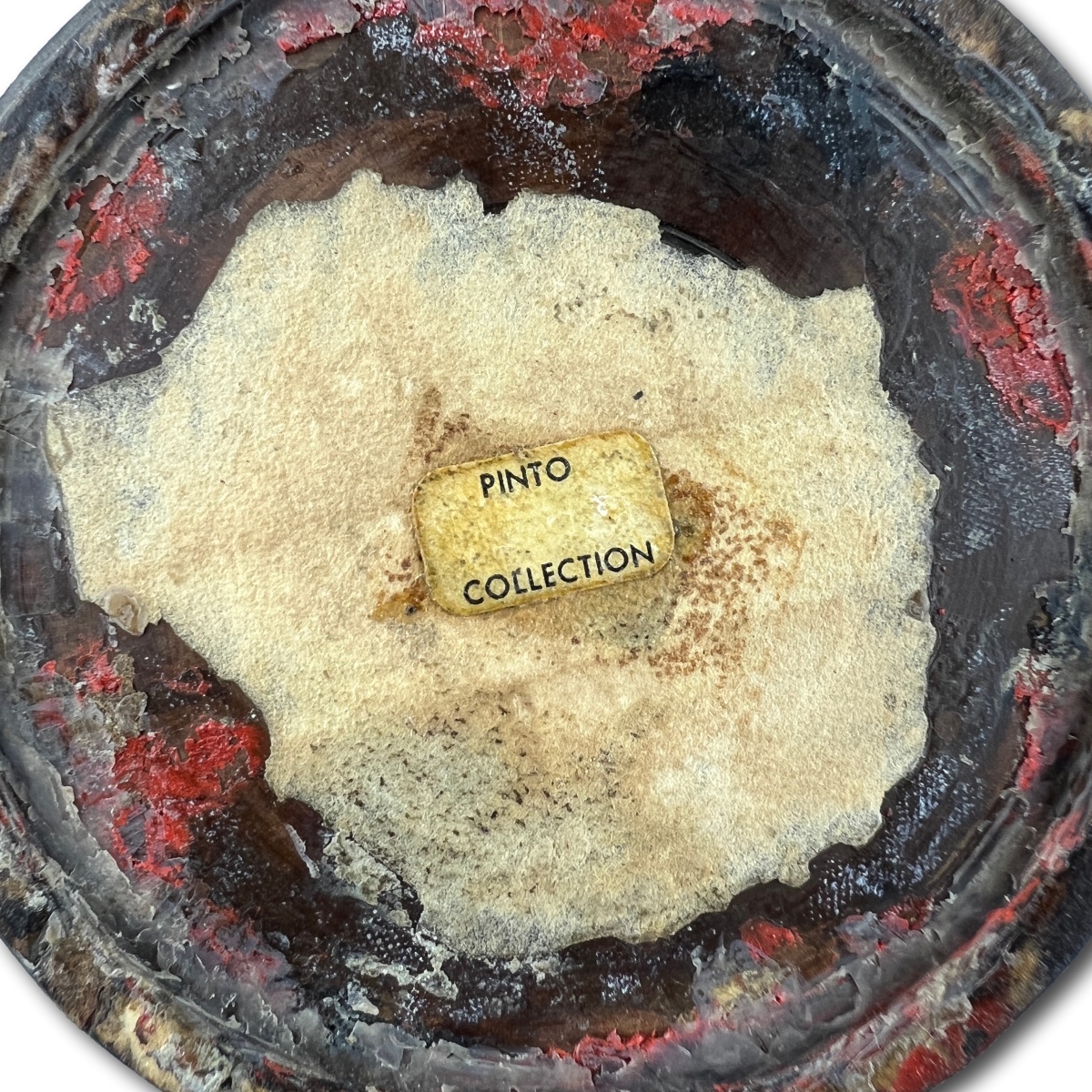
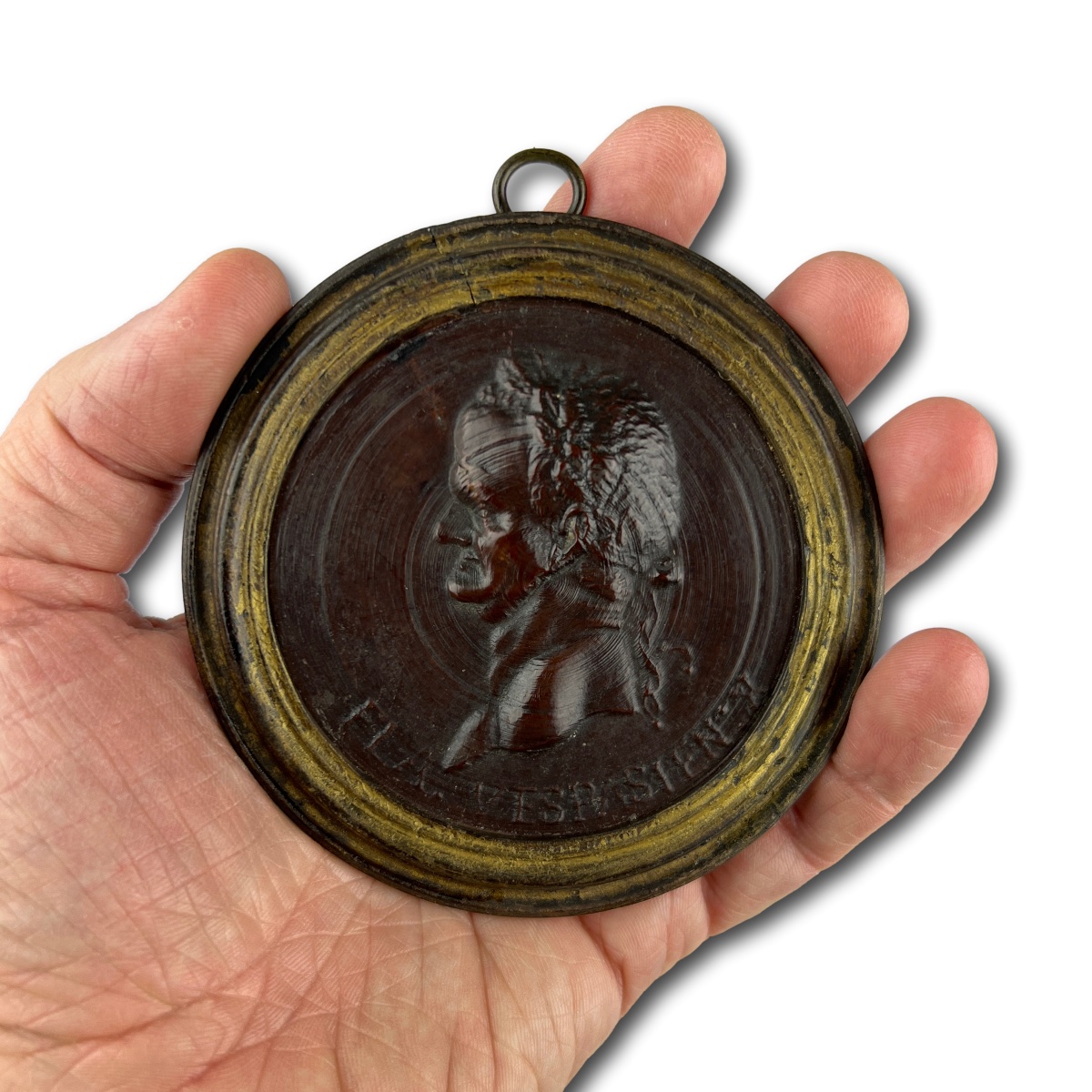
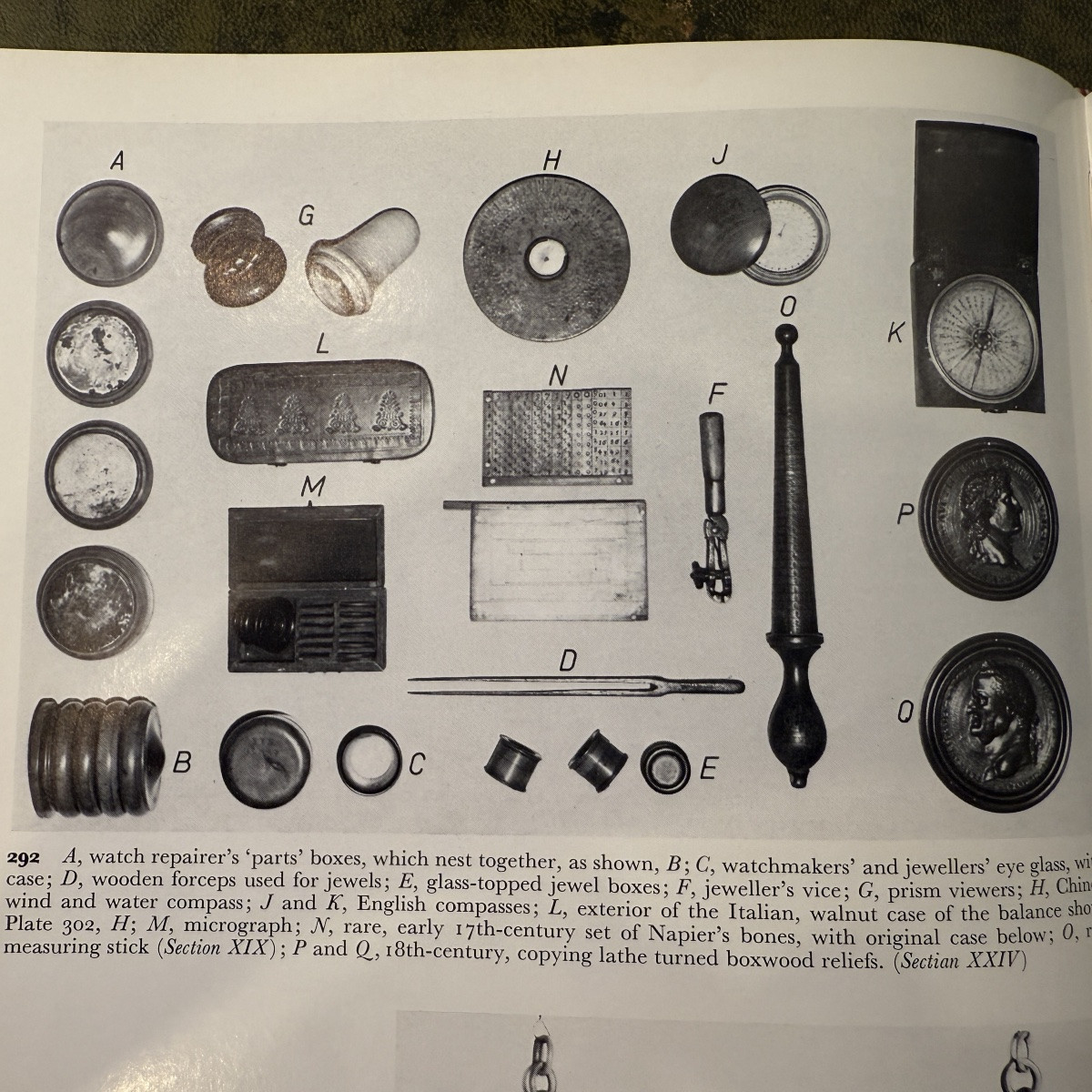












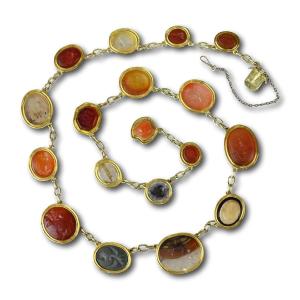
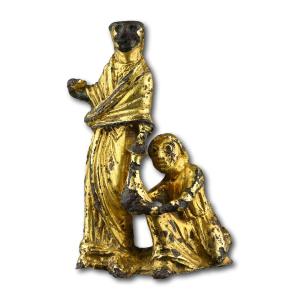


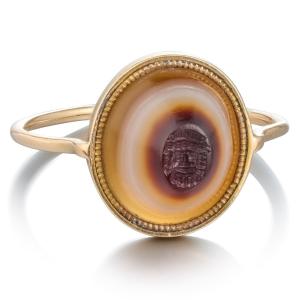





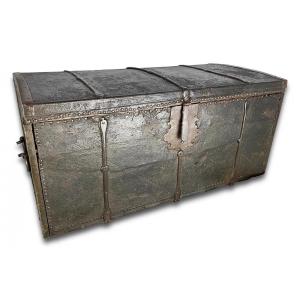



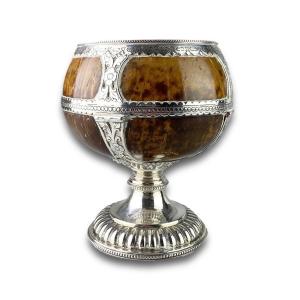
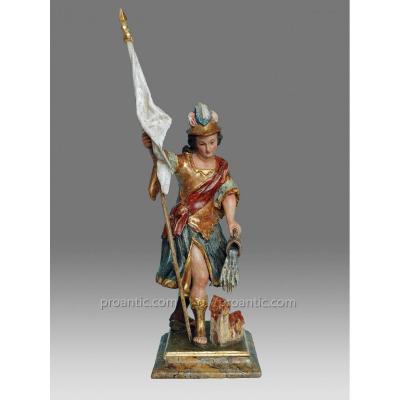
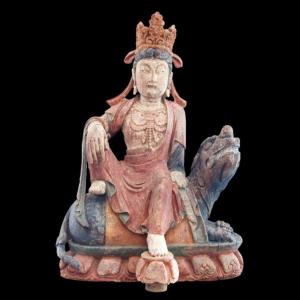
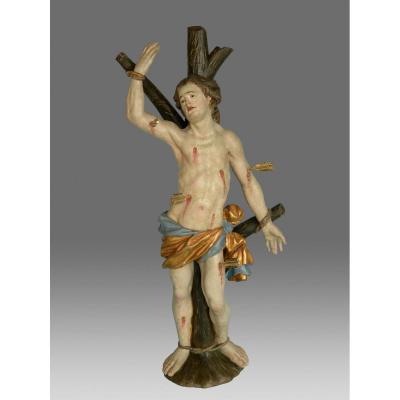





 Le Magazine de PROANTIC
Le Magazine de PROANTIC TRÉSORS Magazine
TRÉSORS Magazine Rivista Artiquariato
Rivista Artiquariato